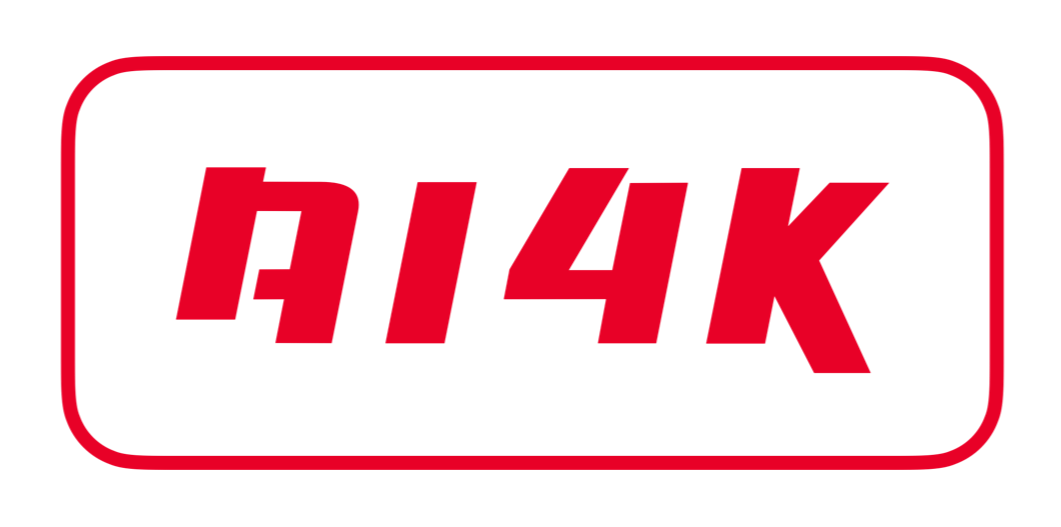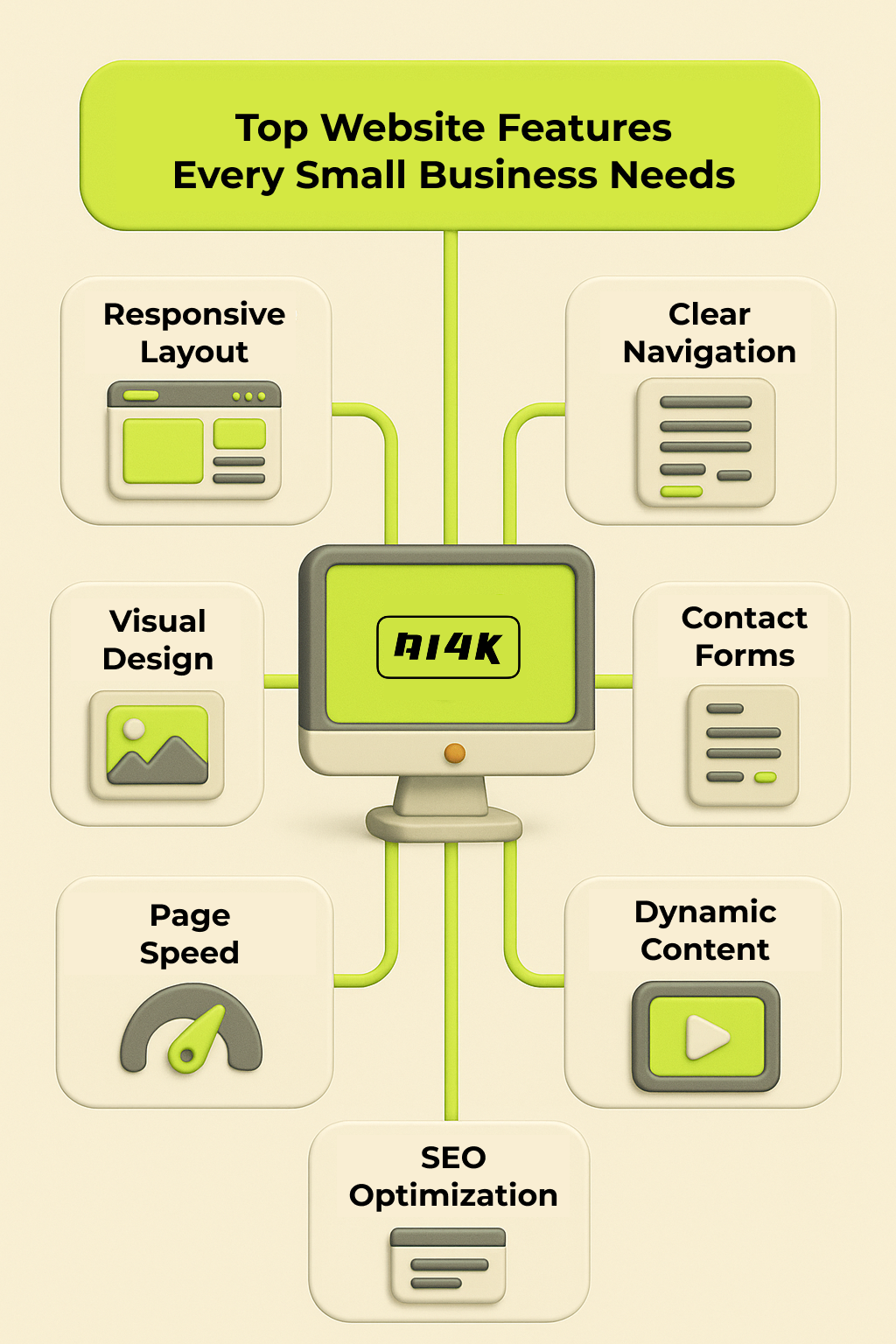Top Website Features Every Small Business Needs
Responsive Layout and Mobile-First Design
Your site must look and work great across all screen sizes. A responsive layout adjusts to different devices and browsers, creating a smoother user experience. Google prioritizes mobile-friendly sites in search, which directly affects visibility.
Clear Navigation and Page Structure
Every page should be easy to access and well-organized. Use a clean layout with logical page hierarchy. Site structure helps users find what they need and allows search engines to index your pages correctly.
Optimized Pages for Speed and Performance
Whether you’re using landpages or pages, make sure they are optimized for speed. Avoid bloated elements and unnecessary animations. Faster websites retain users, reduce bounce rates, and rank better.
Strong Visual Design and Typography
Design isn’t just about looks. Consistent typography, contrast, and spacing impact readability and user interaction. Use your visual skills to create a creative but focused experience that supports your brand and content.
Call-to-Actions, Forms, and Email Integration
Make it easy for users to take action. Every page should include clear CTAs, whether it’s to book a call, submit a form, or sign up for your email list. Connect your forms with email marketing platforms to follow up and convert leads.
SEO and Browser Optimization
Designers often focus on visuals, but backend structure matters too. Your site should include meta tags, alt attributes for images, readable URLs, and schema markup. Also, test on multiple browsers to avoid rendering issues.
Dynamic Content and Blog Integration
Websites that regularly update content tend to rank higher. Add a blog or resource section where you can share videos, updates, or project case studies. This not only supports SEO but also keeps visitors engaged longer.
User Dashboard or Client Portal (if needed)
If your platform requires user interaction—such as bookings, orders, or downloads—add a dashboard. It can be simple or enterprise-level, depending on your offer. Keep the interface clean and focused on usability.
Accessibility and Inclusive Design
An accessible website works for everyone. Use readable fonts, strong color contrast, keyboard navigation, and alt text for visuals. Accessibility also boosts your reach and can impact compliance depending on your region.
Analytics and Tracking
Set up Google Analytics and integrate tools like Facebook Ads Manager or email campaign dashboards. This gives you the data you need to understand behavior, find what pages work, and improve your marketing.


